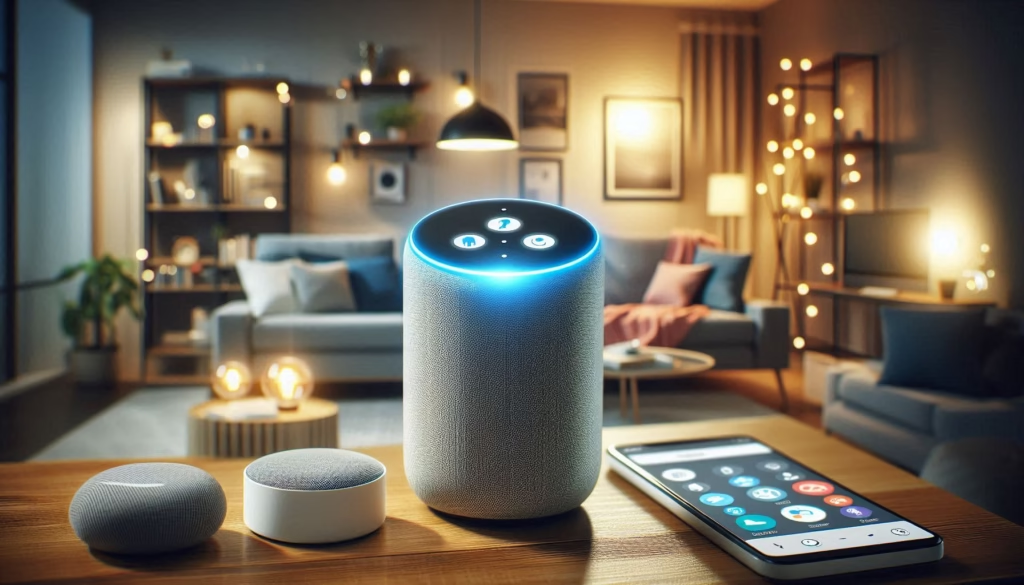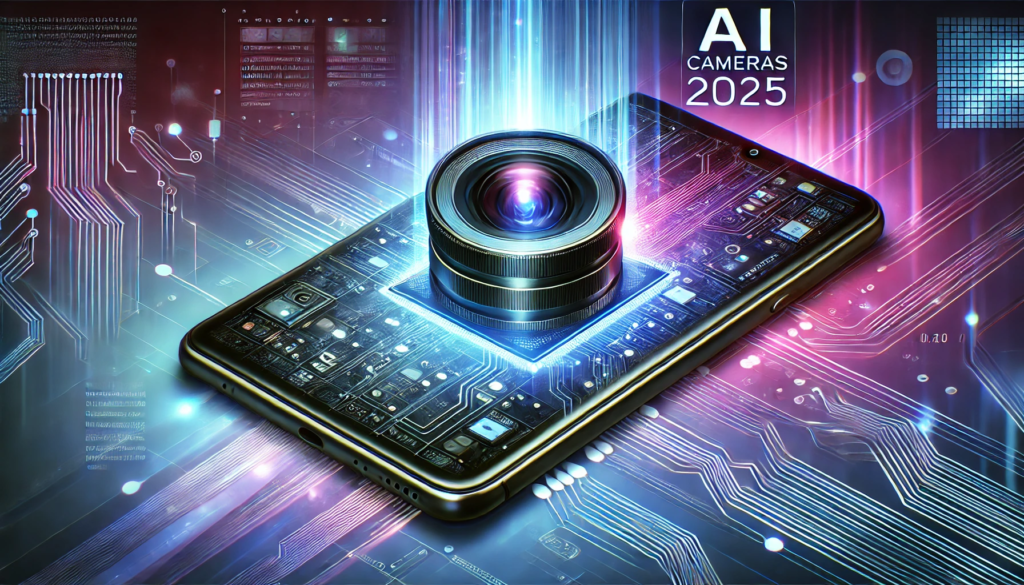
Multimodal AI in 2025: Transforming Intelligent Systems
Introduction There have been significant advancements in artificial intelligence, including progressing from understanding simple text commands to having human-like conversations and even generating realistic images. Multimodal AI is emerging as one of the most impactful AI trends of 2025, pushing the boundaries of what we call intelligent systems. In simple terms, multimodal AI is an AI system that is able to simultaneously process and integrate multiple inputs such as text, images, audio, and video. These systems can read, see, and hear like humans. For example, you can show an image to a multimodal AI system and ask it questions about that image and get answers. The applications of multimodal AI are growing rapidly. In 2025, this technology is no longer just experimental but is becoming a part of our everyday lives knowingly or unknowingly. We keep interacting with several multimodal AI machines almost every day, such as personal customer service, healthcare assistants, content creation tools, etc. It is improving the ways machines interact with the world. Multimodal AI is emerging as the next significant advancement in intelligent systems as industries around the globe start to implement it for enhanced user experiences, improved decision-making, streamlined operations, and more. In this blog post, we will take a deep look at how multimodal AI works, explore its current and future applications. Advanced technology also brings great challenges, so while we celebrate the technological successes of multimodal AI, it is important to consider the ethical questions and challenges it poses. What Makes Multimodal AI Different? Traditional AI systems typically process only one type of data. For example, think of text-only chatbots and image classifiers. In contrast, multimodal AI can understand and combine information from multiple sources simultaneously, such as text, images, audio, and video. The responses it gives are much more human-like. It is able to process information from multiple sources to provide a well thought-out answer. Its deeper, more connected understanding enables it to perform more complex tasks. It can deliver more accurate results and provide richer, more natural interactions. Core Features of Multimodal AI Multi-Sensory Integration The ability of multimodal AI to integrate multiple senses similarly to a human makes it unique. This enables AI to make better decisions by integrating information from text, images, audio, video, and other sources to produce a more thorough and pertinent understanding. Its multi-format data integration capability gives it the freedom to respond more naturally. It can easily perform tasks that require information from multiple input types simultaneously. This includes describing a scene, answering visual questions, or understanding emotions in speech. Contextual Understanding To develop a deeper and more accurate understanding, it aims to consider the context that each data source provides rather than interpreting different types of inputs separately. This approach enables it to deliver more relevant answers, make better decisions, and engage in more human-like conversations. Enhanced Human-AI Interaction Users of multimodal AI can effortlessly interact with the technology through a blend of images, audio, video, gestures, and written inputs, similar to how two people communicate. This type of AI comprehends your inputs more effectively and provides quick, accurate responses that feel more human-like, personal, and impactful. Some Examples Several leading companies are engaged in the development of multimodal AI systems. Among the most notable are OpenAI and Google. OpenAI’s GPT-4 and Google’s Gemini can process text, images, videos, and various other data types. These advancements have significantly transformed applications across multiple industries. Key Applications Multimodal AI is fundamentally transforming numerous industries through its diverse applications. From AI-powered diagnostics in healthcare to smarter content creation tools, multimodal AI is improving human-AI interaction like never before. Its capability to integrate various data sources is bringing about significant and enduring changes across multiple sectors. Here are some key areas where its impact is evident: Healthcare Sector AI-powered medical imaging Multimodal AI is increasingly becoming a crucial component of the medical imaging field. It goes beyond merely interpreting a patient’s CT scan, X-ray, or MRI scan; it also integrates this visual data with patient history, doctors’ notes, lab results, and more. The benefit of this integration is that it enables doctors to rapidly comprehend the patient’s illness, leading to more accurate diagnoses and improved treatment plans. Virtual health assistants Multimodal AI is significantly transforming chatbots. These advanced tools can now interpret text queries and analyze various forms of media, such as patient photos and voice notes. Imagine the possibilities when your digital assistant can understand your requests through words, images, and sounds! Drug discovery Multimodal AI can significantly enhance biomedical research by analyzing various data types simultaneously. This capability is a valuable asset for the field, allowing researchers to uncover patterns and insights more rapidly. The integrated approach of multimodal AI, in contrast to traditional methods, helps researchers uncover patterns more quickly, identify potential drug targets, and develop new hypotheses at an accelerated pace. Ultimately, it appears to be expanding the possibilities within the field of medicine. E-commerce and Marketing Shopping experiences E-commerce companies are also using multimodal AI a lot. Using this, these companies are taking their product recommendations for customers to the next level. For product recommendation, it no longer relies only on customer search keywords or data from previous purchases but also processes customer queries, product images, and even video previews simultaneously. This helps a lot in finding out what the customer is actually looking for. This allows e-commerce companies to better understand their customers, leading to more accurate and personalized suggestions tailored to individual needs. The implementation of multimodal AI enhances the shopping experience, making it faster, easier, and more enjoyable. Advertisement Digital marketing is also not untouched by the impact of multimodal AI. It can create ads that align with a customer’s buying behavior by analyzing a customer’s browsing history, purchase patterns, and interaction preferences. It can create the right mix of text, images, and videos for each customer that motivates them to make a purchase. These AI-powered campaigns feel less like generic ads and more like curated experiences. Multimodal AI





